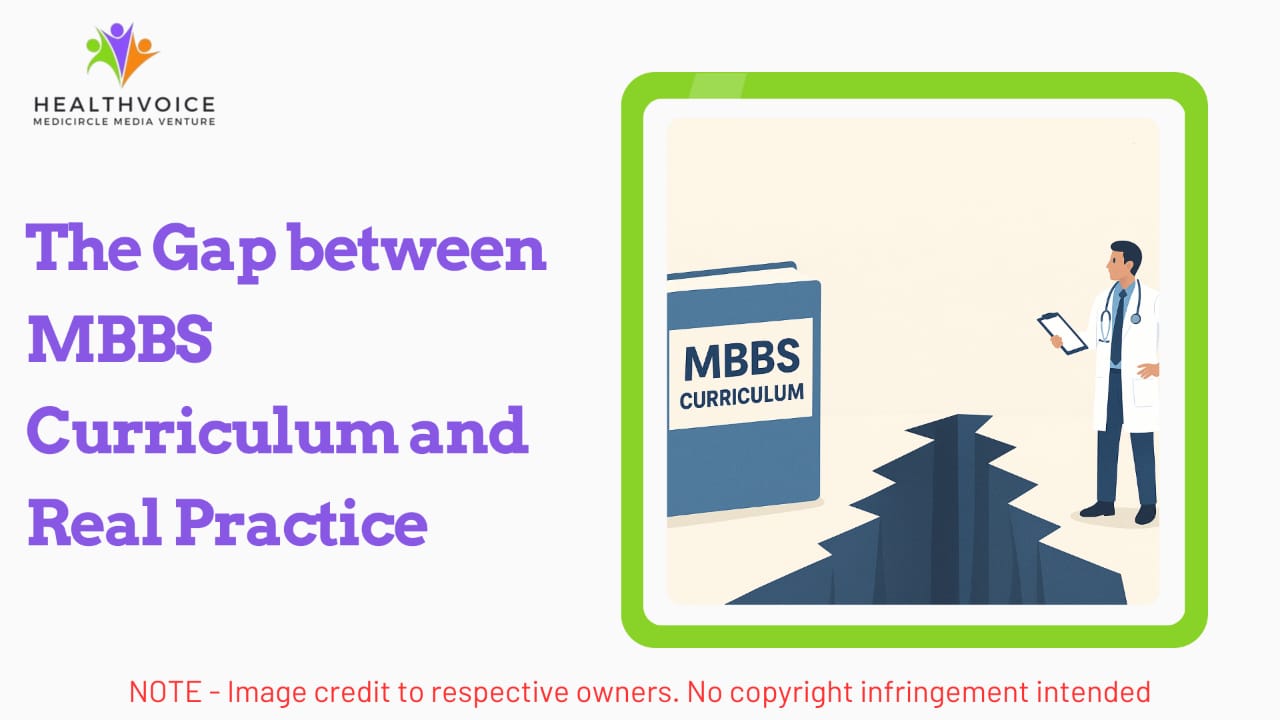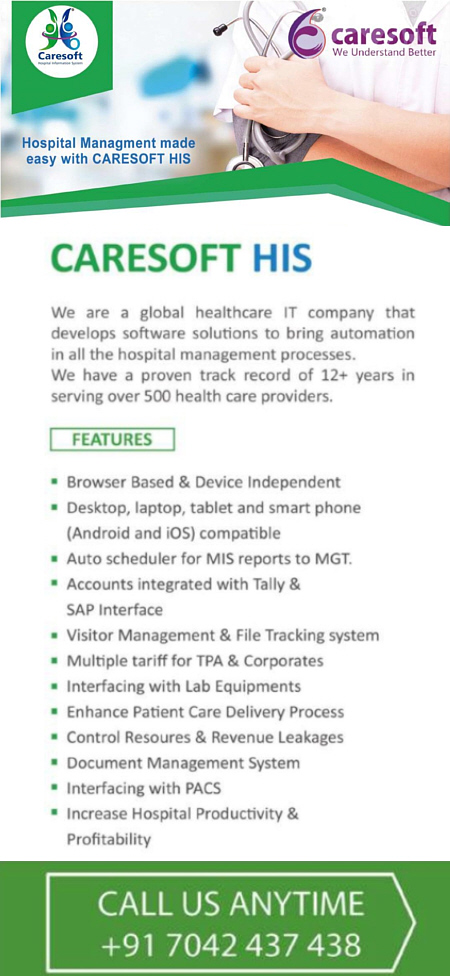The Gap between MBBS Curriculum and Real Practice
A young doctor may know the perfect clinical guideline for hypertension, but how do they negotiate with a patient who believes their homemade remedies are superior?

For countless aspiring doctors in India, earning an MBBS degree is the culmination of years of immense dedication and hard work. It is a moment of pride, a dream realized. They walk out of their colleges, equipped with theoretical knowledge and a desire to serve. But soon, a new reality dawns. The world of actual medical practice feels startlingly different from the structured environment of a classroom. This experience is almost a universal rite of passage for new doctors.
This divide is not about a lack of effort. It is a recognized space between academic learning and the messy, unpredictable nature of real life healthcare. Becoming a confident practitioner requires more than just facts from books; it demands street smarts, emotional strength and often, a supportive guide.
When books fall short:
There is no questioning the intensity of the MBBS program. It builds a critical foundation in science, teaching future doctors about disease pathways, drug mechanisms and human anatomy. This information is the absolute core of their profession.
Yet, the Indian healthcare landscape is far from ideal. A young doctor may know the perfect clinical guideline for hypertension, but how do they negotiate with a patient who believes their homemade remedies are superior? They might recall every possible side effect of a medication, but what do they do when the patient simply cannot afford it? Medical school excels at teaching the science, but frequently misses the art of its application.
This shortfall becomes apparent in a few key ways:
- The human connection: There is no textbook chapter on how to sit with a family and deliver a difficult diagnosis. Managing fears, explaining complex issues in simple terms and earning a patient's trust are skills learned through observation and experience, not lecture notes.
- Beyond the prescription pad: A doctor quickly discovers that their role extends beyond the clinic. They are suddenly managing paperwork, understanding insurance protocols and handling the logistics of running a practice. This on the job learning curve is steep and often unexpected.
- Working with less: University training often assumes access to advanced technology. On the ground, especially in non-urban centers, doctors must rely on their fundamental clinical skills; keen observation and a thorough patient history to make diagnoses. This is a skill honed by time and mentorship, which can be in short supply.
Closing the divide:
How, then, does a recent graduate transform into a capable healer? The answer lies in a blend of systemic support and a personal commitment to never stop learning.
The healthcare system attempts to bridge this through mandatory internships and residencies. The goal is to provide practical exposure under senior supervision. However, the overwhelming number of patients and stretched resources mean that consistent, one on one mentorship is not always guaranteed.
This is why the value of continuous, self-driven learning cannot be overstated. Today’s doctors must proactively seek out knowledge that prepares them for these real world hurdles. They need resources that speak to the actual challenges they face in Indian clinics and hospitals every single day.
They gravitate toward platforms that offer more than just research studies. They look for practical advice, case studies from the field, management strategies for difficult conversations and insights into the business aspects of medicine. This is the knowledge that transforms a qualified professional into an effective one.
Walking the path:
Addressing this very need is at the heart of what platforms like Healthvoice.in strive to do. The understanding is that a medical degree is the beginning, not the end of education. The focus is on providing that layer of practical, actionable wisdom that complements a doctor's formal training.
By sharing insights on patient communication, reviewing usable and affordable tools and offering guidance on non-clinical challenges, they aim to be a reliable partner in a doctor's professional journey. This support system empowers doctors to refine their practice, foster stronger bonds with their patients and deliver on the promise of care they set out to provide.
The gap between medical school and practice is a real challenge. But it is a challenge met every day by dedicated doctors who choose to adapt, learn and grow. It is in this continuous journey that the true craft of healing is perfected. And on that road, no one should have to walk alone.
#DoctorJourney #MBBSReality #MedicalPractice #DoctorStruggles #HealthcareIndia #YoungDoctors #DoctorChallenges #FutureOfMedicine #DoctorSupport #Healthvoice #MedicalLearning #DoctorLife #DoctorsOfIndia
